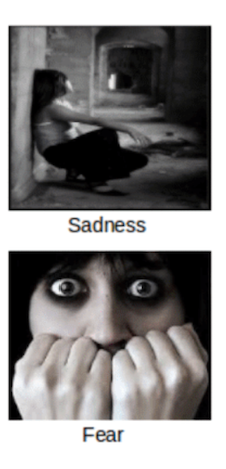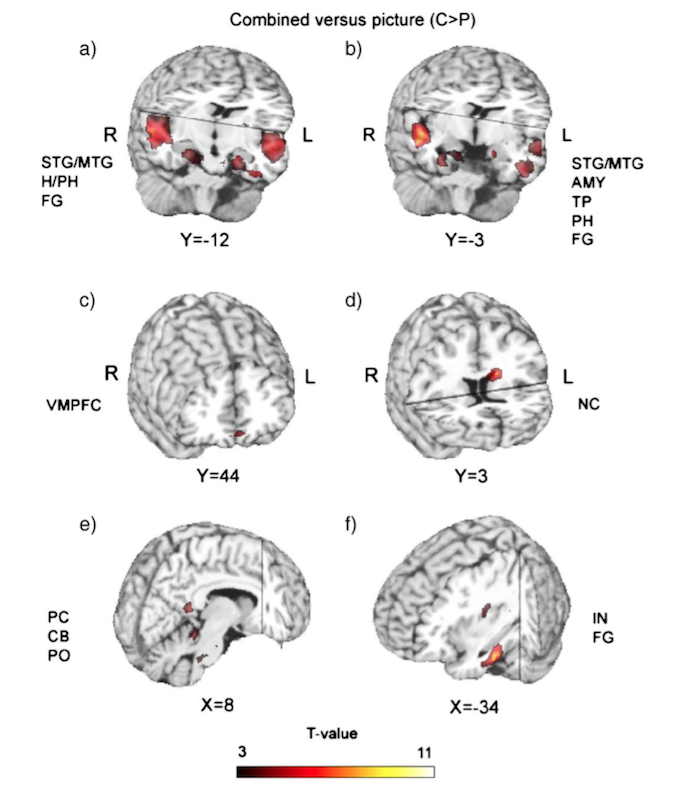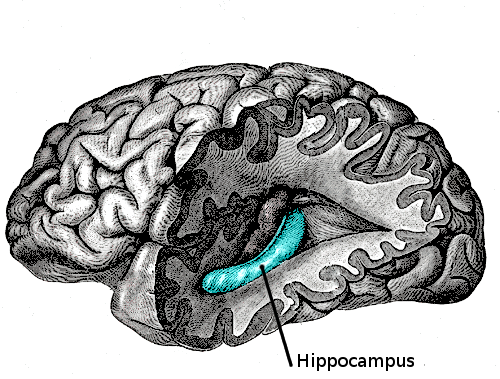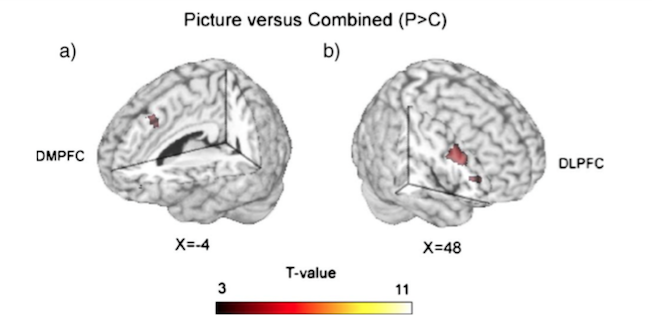Title of paper under discussion
The emotional power of music: How music enhances the feeling of affective pictures
Authors
Thomas Baumgartner, Kai Lutz, Conny F. Schmidt, Lutz Jäncke
Journal
BRAIN RESEARCH, 1075 (2006), pp 151–164
Link to paper (free access)

Overview
Although movie soundtracks are universally acknowledged as ‘emotion enhancers’ in the cinematic experience, it is not obvious how and why this should be. Baumgartner and his colleagues were the first researchers to investigate the phenomenon from a brain imaging perspective, scanning the brains of people as they looked at images – ‘frightening’ and ‘sad’ – with and without appropriately emotional music.
When viewing the images with music, compared with in silence, participants not only reported a stronger emotional experience, they also displayed increased activity in brain areas associated with non-cognitive, automatic emotional processing (‘feeling mode’). The only brain area more active when watching a silent image was part of the frontal brain involved in more cognitive emotional processing (‘cognitive mode’).
Method
Nine female students at the University of Zurich volunteered for the study; men were excluded because previous studies had shown that “women are more likely to report intense emotional experiences along with stronger physiological reactions of the body”.
Lying in a functional Magnetic Resonance Imaging (fMRI) brain scanner, each participant looked at fear-inducing and sadness-inducing pictures (all of which included humans or human faces) in turn, either in silence or with appropriate accompanying soundtracks: Mars from Holst’s The Planets for fear, and Barber’s Adagio for Strings for sadness. [The experimenters also included happy pictures, with or without an excerpt of Beethoven’s 6th Symphony as soundtrack, but those results weren’t fully analysed]. The relevant soundtracks had been shown to elicit their respective emotions in previous studies.

Participants were asked to “place themselves into the same mood as expressed by the presented emotional stimuli”, and after each picture rated the emotional experience according to its pleasantness (‘valence’) and its ‘involvement’. At the close of the experiment they also gave an overall rating according to whether the combined ‘music plus picture’ moments were more or less of an intense emotional experience than ‘picture alone’ moments.
All the while their brains were being scanned to look for increased brain activity in particular regions, both during the ‘picture alone’ and the ‘picture plus music’ moments.
Results and Discussion
Regarding ‘pleasantness’ judgements, participants’ ratings were more extreme when pictures were presented with music compared with ‘picture alone’ – happy pictures became happier, sad pictures sadder and frightening pictures more frightening. And picture-induced emotions were judged as ‘more intense’ when viewing was accompanied by a soundtrack.
Turning to brain activity, the researchers presented a brain map (using several aspects and cut-aways) showing the areas that were more active during the combined (‘music plus picture’) moments compared with the ‘picture alone’ moments:

As the researchers predicted, the increased activity when viewing ‘music plus picture’ was mainly in regions belonging to the brain’s ‘ventral system‘, a network of areas governing the ‘automatic’ emotional processing that leads to autonomic (involuntary nervous system), neuroendocrine (involving hormones such as cortisol) and sensorimotor (sensation/movement) responses, as well as conscious emotional feeling.
Brain areas in this ‘ventral system’ of emotional processing include the amygdala, insula, striatum, thalamus, brainstem nuclei, and ventral regions of the anterior cingulate cortex and the prefrontal cortex. (Also lighting up in tandem with the ‘ventral system’, to which they are connected, were both cerebella and the right precentral gyrus).
Other areas ‘lighting up’ more during the ‘music plus picture’ compared with ‘picture alone’ included, predictably, regions involved in auditory processing (superior temporal gyrus and middle temporal gyrus) and regions involved in integrating watching and listening (medial temporal gyrus and left temporal polar region). Such viewing also induced activity in brain areas involved in memory (left caudate nucleus, hippocampus, parahippocampus and posterior cingulate/precuneus) reflecting, according to the authors, the way in which the laying down of memory is enhanced when material is more emotionally arousing.

Fascinatingly, one area involved in visual processing – the fusiform gyrus – also became more active when the soundtrack was added, suggesting that increased emotional arousal may also enhance the act of visual processing. Enhancement of both these processes (memory and vision) due to increased emotional arousal takes place, suggest Baumgartner and his colleagues, via activation of the amygdala.
In contrast, the brain map showing the areas that were more active during ‘picture alone’ moments compared with the combined (‘music plus picture’) moments revealed much sparser results. Only parts of the dorsal prefrontal cortex ‘lit up’, an area belonging to the brain’s ‘dorsal system’ of emotional processing responsible for the more cognitive aspects of emotions, including “selective attention, planning, and effortful rather than automatic regulation of affective [emotional] states.”:

Baumgartner hypothesises that “the musical excerpts in the combined [‘picture plus music’] condition helped the subjects in a rather automatic and implicit way to feel the presented emotional experiences, whereas in the picture [‘picture alone’] condition, the subjects cognitively evaluated the emotional stimuli or […] even effortful[lly] and explicitly tried to up-regulate their affective [emotional] state (as is known with moderate success), leading to activation of the dorsolateral prefrontal cortex.” “These findings”, he continues, “suggest a functional and structural dissociation between processes of cognitively evaluating emotions on the one hand and strongly feeling and experiencing emotions on the other hand.”
In conclusion, when people view sad or frightening visual images, ‘picture alone’ activates a cognitive mode, and ‘music plus picture’ a feeling mode, of emotional processing.
Coda
‘Adagio for Strings’ by Samuel Barber
Detroit Symphony Orchestra, cond. Leonard Slatkin